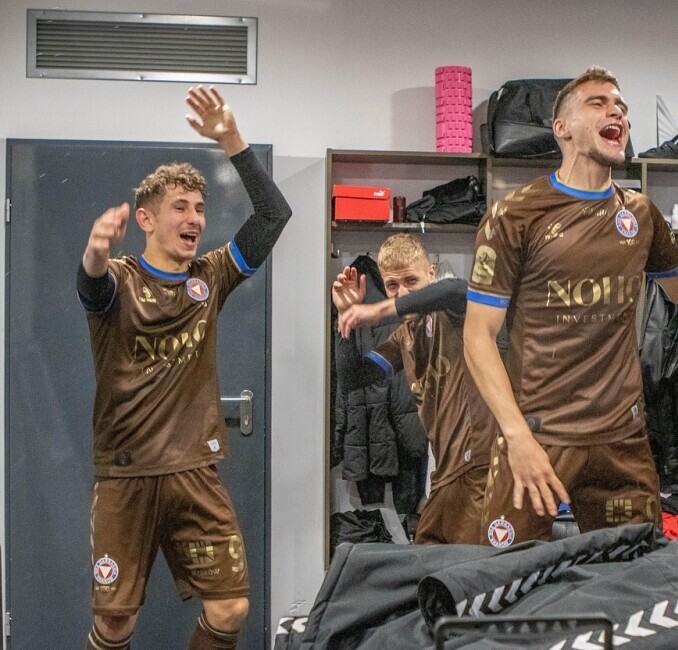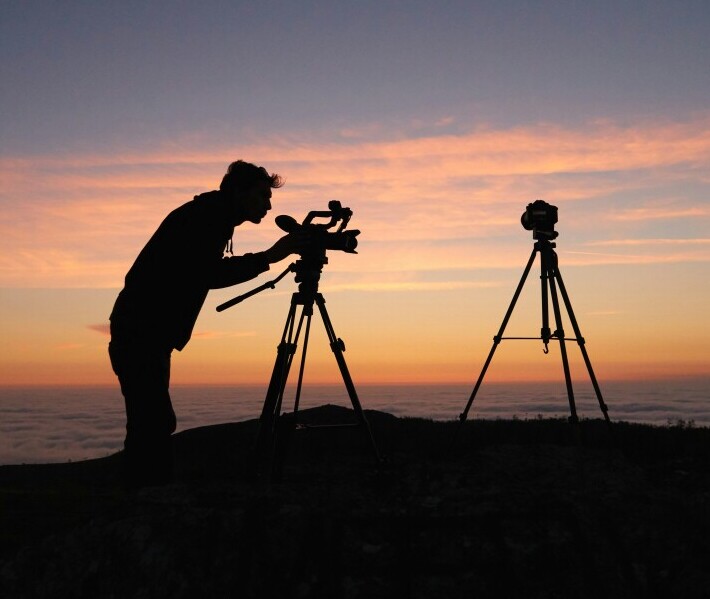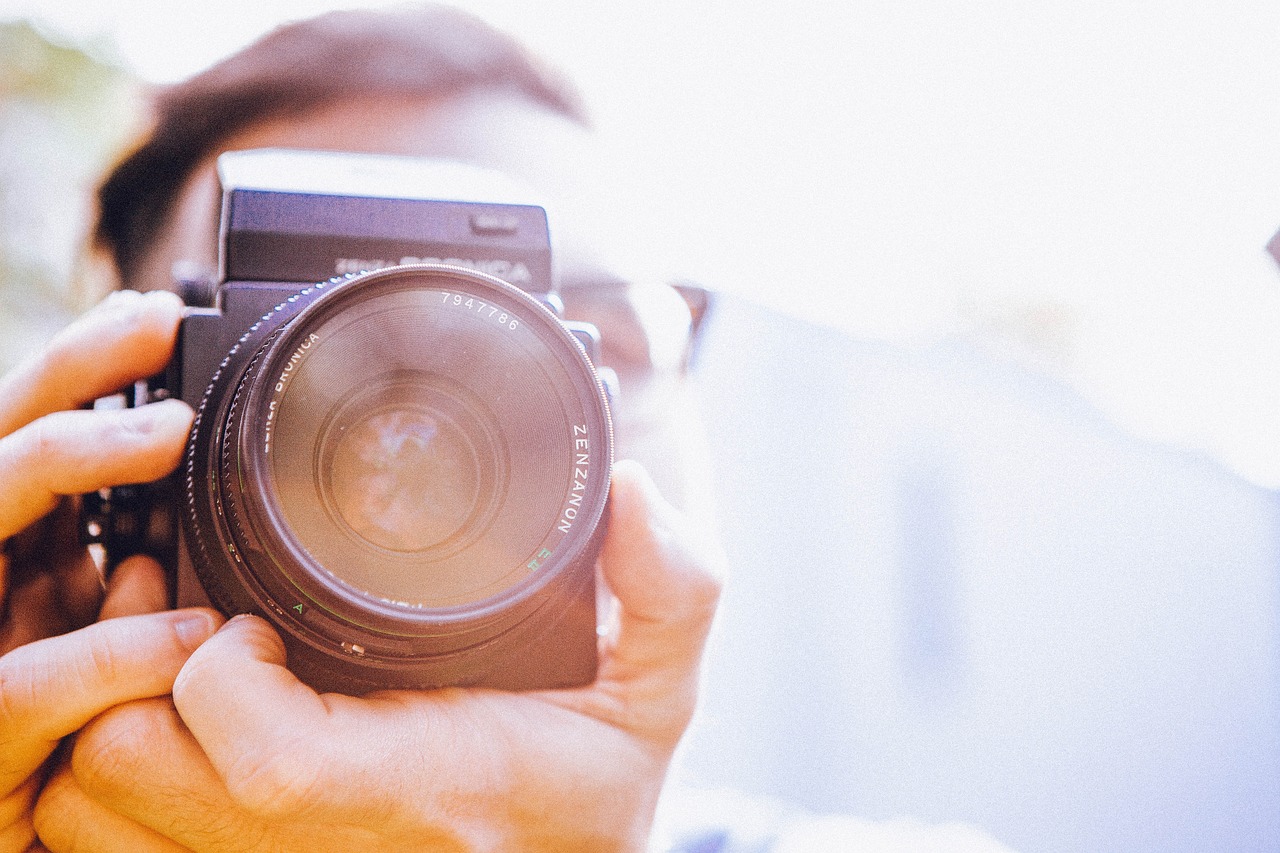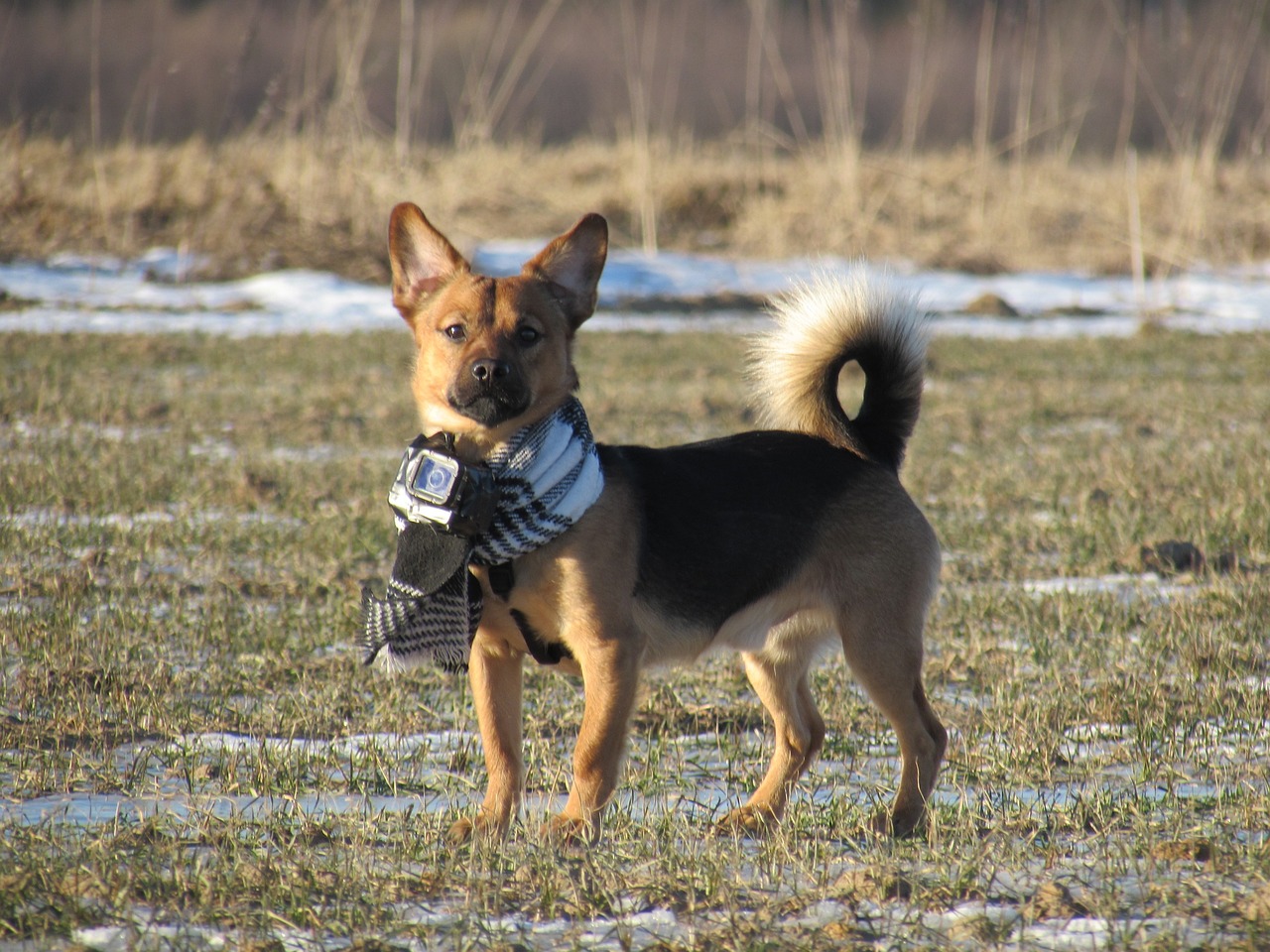Sports photography isn’t just about snapping pictures; it’s about freezing those split-second moments that say a thousand words about the raw energy and emotional highs and lows in sports. Whether it’s the determination etched on a sprinter’s face or the sheer mayhem of a player scoring a goal, sports photos need to tell a story beyond the game.
The journey of capturing sports isn’t a static one. It has transformed massively over the years. Before digital, photographers waited days for film processing, each shot a gamble. Now, with digital cameras, every click can be checked instantly, allowing photographers to adapt quickly and perfect the art of capturing heart-pounding moments.
Capturing action and emotion is key. A stunning sports photograph doesn’t just show someone mid-air during a slam dunk. It reveals the intense focus, the thrill or agony in their expression, making viewers feel like they’re in the front row. Showing both the excitement and the emotions tied to these moments paints a fuller picture of what sports are all about.
This blend of adrenaline-pumping action and raw emotion is what keeps sports photography exciting and fresh. It’s about finding those minutes when an athlete embodies grit and glory, making each photo not merely a representation of action but a canvas of human experience. These pictures don’t just highlight physical achievements; they bring out the human spirit behind them.
Essential Gear: Getting Equipped for the Field
The difference between an okay sports photo and a jaw-dropping one often boils down to the gear you bring along. Fast-paced sports demand equipment that can keep up, so investing in some key items can make your job as a photographer much smoother. It ain’t just about having the most expensive camera, but about choosing the right tools for each situation.
When you’re shooting high-speed action, the camera body is super important. Make sure it has a fast autofocus system and high frame rates. A high ISO performance camera is essential too, as many sports events happen in less-than-ideal lighting. It helps prevent blurry shots by allowing faster shutter speeds without sacrificing image quality.
Lenses are another biggie. Some folks swear by prime lenses for their sharpness, and others can’t live without the versatility of zooms. It’s usually best to have a mix: use a zoom lens to capture wide shots of the field and a fast prime lens for those close-up action shots that capture the athlete’s expression in stunning detail.

Memory cards might seem minor, but the reality is brutal; a slow card will leave you frustrated as you wait for your camera to save those captures. Opt for cards with high write speeds to ensure your camera can keep shooting without hiccups.
And don’t forget the reliability of a sturdy monopod or tripod. Whether you’re all about those sideline sprints or prefer finding the perfect vantage point up higher, a good support system will save your arms and back during long events. No point in having snazzy skills if your photos are shaky with fatigue!
Bringing the right tools to the field allows you not only to capture action but also to focus on the artistry of your shots. You’re equipped to seize every high, every emotion, like never before.
Techniques for Capturing Dynamic Action
Capturing the perfect sports moment requires a mix of skill and instinct, and shutter speed is where it all begins. It’s all about freezing that instant of pure athleticism with precision. By cranking up the shutter speed, you ensure the action isn’t a blur. Aim for speeds of 1/1000th of a second or faster for high-paced sports like football or basketball.

Sometimes, static isn’t what you’re going for, and that’s where panning comes into play. This technique gives a dramatic sense of motion while keeping the subject sharp. It takes practice, but nailing it can really make a photo stand out. Follow your subject with the camera while using a slower shutter speed to capture the movement’s flow.
Burst mode is your best friend during unpredictably fast sequences. With athletes moving lightning-fast, relying on single frames just ain’t gonna cut it. Shooting in burst lets you capture a series of frames in seconds, increasing your chances of snagging that one brilliant shot that captures the peak of action or emotion.
Proper composition and framing are equally essential. Think about placing the athlete within the environment—part of their allure is how they interact with the field. Use the rule of thirds to keep your shots interesting or go for a tight crop to spotlight the powerful expressions and athleticism. It’s all about leading your viewer’s eyes to what’s important.

Finally, don’t be afraid to experiment. Different sports have different rhythm and flow, and playing with angles and perspectives can produce unique, eye-catching results. Crouch on the ground to give viewers a sense of the action looming large, or look down from above to highlight tactical formations. There’s no single playbook in sports photography—push the boundaries and find your own style.
Emotion in Sports Photography: Capturing the Human Element
Capturing the raw emotion in sports is what truly connects these images to the hearts of viewers. Sure, seeing a goal being scored is thrilling, but getting that shot where an athlete is radiating joy or disappointment is what makes it memorable. It’s those expressions—the unfiltered human responses—that highlight the essence of sports.
Keep an eye out for those key emotional peaks: the moments right before the win, the somberness after a loss, and the camaraderie between teammates and rivals alike. These instances hold powerful storytelling potential, reflecting not just the result of a game, but the personal journeys and sacrifices made to achieve them.
Focusing solely on the game can sometimes miss the behind-the-scenes aspects—these quieter moments are often rich with emotion too. A glimpse of an athlete mentally preparing in the locker room or sharing a motivating pep talk offers a different perspective that resonates emotionally.

Series of images can work wonders in narrating a complete story. String together shots of a buildup leading to a climactic moment, or document an athlete’s experience across an entire season. This approach adds depth and invites viewers to feel as though they’re sharing in the journey.
In every sport, there’s a human element that transcends the physical prowess and competition. It’s about capturing the moments when victory or defeat is still hanging in the air, when bonds are forged and dreams are made or broken. These are the moments that make sports photography much more than just capturing athletic feats; it’s about embracing and conveying the humanity in every frame.
Post-Processing: Bringing the Emotion to Life
Editing your sports photos is like adding the final strokes to a masterpiece, where you’re not just clarifying what you’ve captured but enhancing the story behind it. For beginners, it might seem like a chore, but with a bit of practice, post-processing can become your favorite part of the photography process.
Start with the basics by adjusting exposure, contrast, and sharpness to make the subjects pop. The goal is to highlight those intricate details, like beads of sweat or the intensity in an athlete’s eyes. Be cautious with saturation—while vibrant colors are tempting, too much can look unnatural.
Don’t underestimate the power of cropping. Tighten your compositions to draw focus on what really matters in the shot, whether it’s an athlete’s face full of determination or the intricate choreography of their movement. Keeping your viewers from getting distracted by unnecessary elements can make a big difference.

When it comes to conveying emotion, color grading helps set the mood. Subtle shifts in warmth or coolness can greatly influence how the audience perceives the moment. However, don’t go overboard. Keeping it real should always be the priority, ensuring your edits are complementing, not overshadowing, the authenticity of the scene.
Finally, if you want to step your game up, consider exploring various editing software like Lightroom or Photoshop. These tools offer more advanced features for precise adjustments and retouching. A well-edited photo isn’t about altering reality—it’s about enhancing the natural beauty and emotion you’ve already captured.
Remember, editing is as much an art as the photography part. It’s where your unique style can really shine, allowing you to present your work in a way that resonates both with you and your audience.





Hey Randi,
I can identify with your post! This is a great reminder for me as a sports photographer that capturing action and emotion is all about anticipation and timing. One tip I’ve found invaluable is to try to pre-focus on areas (like the goal line or finish line) and use burst mode to not miss the moment. Also, the closer you are to the athlete, the more relatable the emotions you can capture whether it’s feeling the joy of winning or ‘heartbreak of losing’.
Thanks for sharing these insights!
Marios
Hey! Anticipation and timing really do make all the difference in sports photography. Pre-focusing and burst mode are game-changers for catching those split-second emotions. And getting close to the action definitely helps tell a more powerful story. Thank you for your response!